All About Lens Hoods
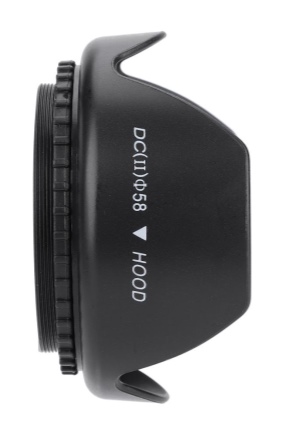
A real photographer, professional or just a passionate person, has a lot of related devices and accessories for obtaining highly artistic images. Lenses, flashes, all sorts of filters. Lens hoods are part of this community of essential tools in the mysterious process of turning instant into eternity.
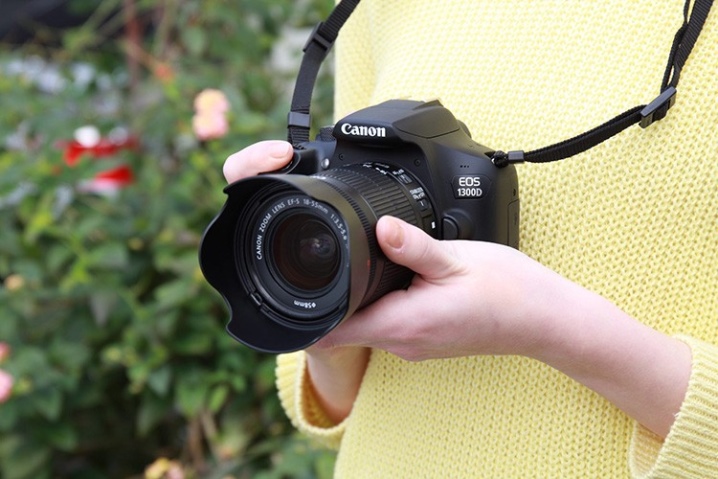
What it is?
So what is this device - a lens hood for a camera? What does she look like, what to do with her? A hood is a special attachment for a camera lens that can protect it from unnecessary sunlight and reflected glare.... But this is not all that she is capable of. It is also a good protection for the lens - it will protect the optics from snow, raindrops, blows from branches, touching fingers.
When shooting indoors, you can't do without it., otherwise glare from bright lamps and chandeliers will spoil the idea of the photographer. As a result, the frame will be overexposed or hazy, which may well ruin the creative idea. But that's not all. By optimizing the risk of glare, the lens enhances the contrast in your shots.
We can say that it is universal protection... The hood is not only installed on camera lenses - film cameras also cannot do without a protective accessory. In order to save optics from mechanical damage, attachments are sometimes irreplaceable. In this case, it is they who take the blow, leaving the lens intact.
A modern photographer armed with a digital camera and expensive optics is simply unthinkable without a lens hood.
The maximum quality of successful pictures taken in nature owes much to such a simple but ingenious invention.
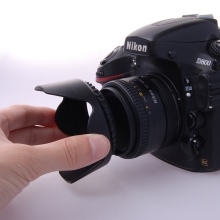


Varieties
The devices differ from each other, like any accessories of photographic accessories - they have a different type of mounts, the material from which they are made.
The shape of the hood can be:
- petal;
- conical;
- pyramidal;
- cylindrical.
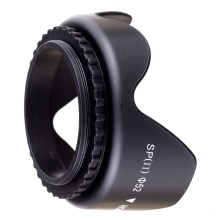
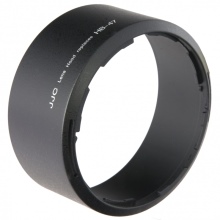
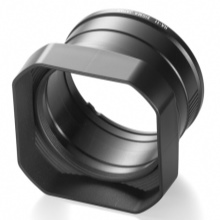
By the method of fastening, they are divided into bayonet and threaded... Petal models are among the most common, they are installed on mid-focus and short-focus lenses. On wide-angle, they eliminate vignette. The petal design maximizes the space for a quadrilateral image. Conical and cylindrical models are suitable for long focal length lenses.
Pyramid hoods are most often installed on professional video cameras... They are considered to be more effective, but the camera tube must not rotate, otherwise results that are opposite to those expected may be achieved.
Only round models are suitable for photo zooms with a front rotating lens, so that when shooting with a small magnification, the hood does not decorate the frame with its presence, as it will, possibly, with the use of a petal. Then the vignetting effect is guaranteed.
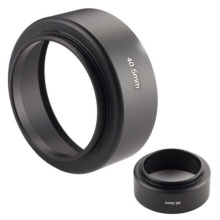
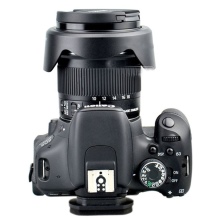

Universal blends are not produced, which means that an individual selection is needed, as are individual and characteristics of lenses. Focal length, aperture, and so on. These are the main parameters of the choice, and it is not so difficult to choose it.
Different materials are used for manufacturing. It's plastic, rubber, metal... Metal are highly durable, which is understandable. But they are quite heavy, so they are not as popular as plastic ones. Modern plastic is highly durable. It may not withstand a blow from a heavy stone or the butt of an ax, but with due care, it will serve for a long time, like metal.
Rubber options are a cross between plastic and metal. Reliable, durable, resilient rubber is also a good option. All of them are mounted on special threads or bayonets.
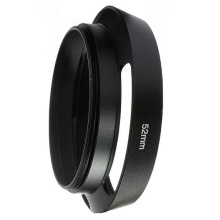
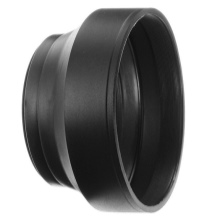
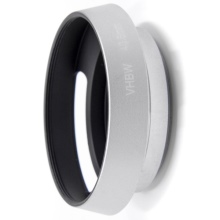
Manufacturers
The most popular brands remain such monsters of photography and film equipment as:
- Nikon;
- Sigma;
- Canon;
- Tokina.
- Tamron;
- Pentax;
- Olympus, as well as Arsenal, Marumi, CHK, FT.
Chinese young company JJC has long enjoyed the love of consumers., known on the market since 2005, but has achieved incredible success during this time.
These are not the only players in the digital technology market, but the most famous, whose brand has won credibility for decades through hard work and a commitment to high quality. If you have to buy, keep in mind that only Canon lenses need a hood of the same brand. All others are interchangeable. Which choice to make is a matter of preference for everyone. There can be no clues here, except for one - choose a manufacturer of quality products.
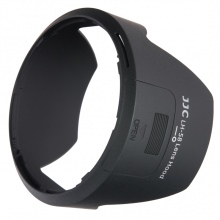
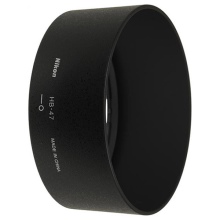
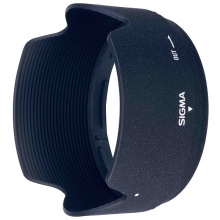
Selection Tips
Despite the fact that this is an inexpensive accessory, for a successful choice of a model, you need to take the process seriously. First of all, the technical characteristics of the lens and the mounting options are taken into account. Some designs have a mount on the lens, in which case it is screwed onto the thread of the front lens. In other cases, you have to use an additional device.
Both options have different lengths, sizes, diameters. When choosing a model, you need to know - the length of the accessory depends on the focal length. It is preferable to install a long model on long-focus lenses - this will serve as good protection.
With wide-angle optics, petals or a cone can be caught in the frame, which leads to the appearance of a vignette. Therefore, the smaller the focus, the shorter the lens hood.
The rectangular model will be a good companion for landscape photography.
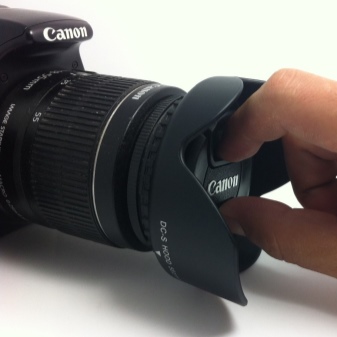

One more thing - do not forget about the materials from which the hoods are made, and decide in advance which one is preferable for you. The metal model, although much stronger than the others, is heavier. The most popular are plastic hoods - this is justified by the price, quality and durability.
Another important selection criterion is the presence of light filters. Those who use them will have to look for models with side windows to be able to rotate the filter without removing the hood.... Otherwise it is inconvenient and not always possible.
And finally, a few words about the whale lens. Usually a hood is not needed there, but sometimes it is bought for them. In this case, it will be useful to know that the sister hood of the Nikon HB-69 bayonet mount is ideal for the Nikon 18-55mm f / 3.5-5.6G II. If desired, you can find Chinese counterparts. For the Canon 18-55mm STM, the most reliable is the Canon EW-63C.
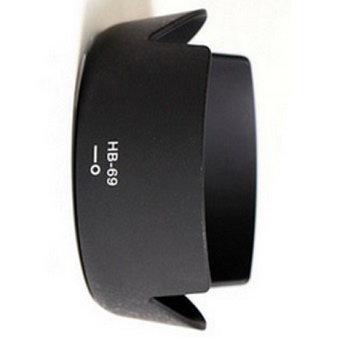
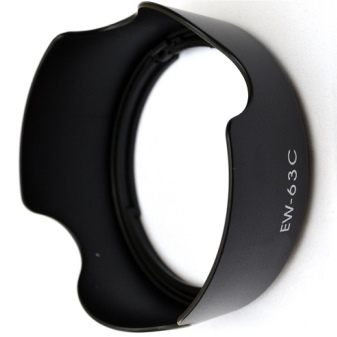
Instructions for use
How to use an accessory correctly so that it becomes an irreplaceable assistant and not a useless purchase? Here are some tips to help aspiring photographers. As already mentioned, all hoods are divided into two types of mounts - bayonet and threaded, this should also be taken into account when buying.
The rubber hood is almost always attached to the lens. More precisely, on its thread. Such a choice is justified for beginners to learn the magic of the photo world. Ideal for those who use the camera only occasionally - for family shots on vacation or on a trip, and the rest of the time the camera lies quietly in the case.
In this case, it makes no sense to spend money on something more expensive and professional, and in terms of functionality, it is in no way inferior to its more seasoned sisters. Just like others, it can vary in length and diameter.
Some models have a ribbed design that makes them versatile.
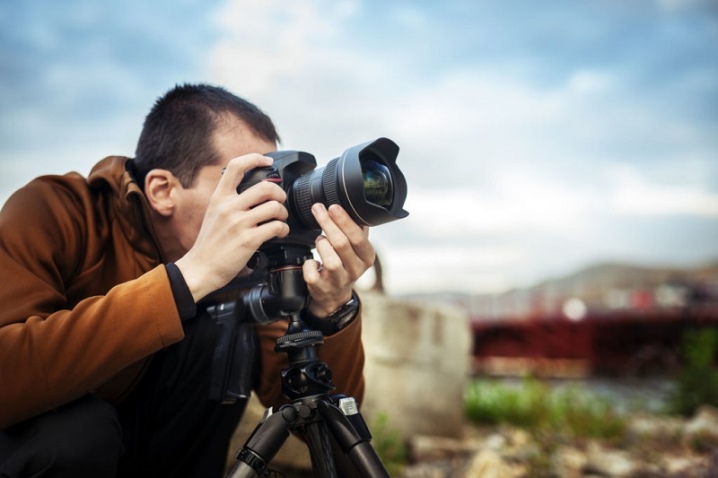
With all the positive qualities of the hood during transportation, it can be quite inconvenient... Moreover, if there are several of them.Please note - most hoods can be removed from the lens and put on the other way around, that is, with the petals or cone back. So she will definitely not interfere. Or you can insert several pieces into each other, like glasses - also a way out.
The fact that this accessory has become necessary for almost all photographers is confirmed by the stories that they share with friends and admirers of their talent.
Here is an example when this item turned out to be the savior of expensive optics. A teacher at the family photography school says that children are always trying to grab a camera and play with it to their fullest. How many times did the lens hood save the optics from their playful pens?
The wedding photographer talked about an incident that happened to him in one of the European castles, when he dropped the lens, and it rolled over the ruins. He was saved by a plastic hood, although it itself was pretty scratched.
A portrait photographer shared his memories of a photo shoot - a girl in a fountain. At some point, a rainbow appeared in the spray, it was insanely beautiful, but the drops strove to fill the lens.
So the beauty would have disappeared, but thanks to the fact that a hood was at hand, a wonderful moment was captured.

You can learn about what is needed for and how to use the hood correctly from the video below.













The comment was sent successfully.